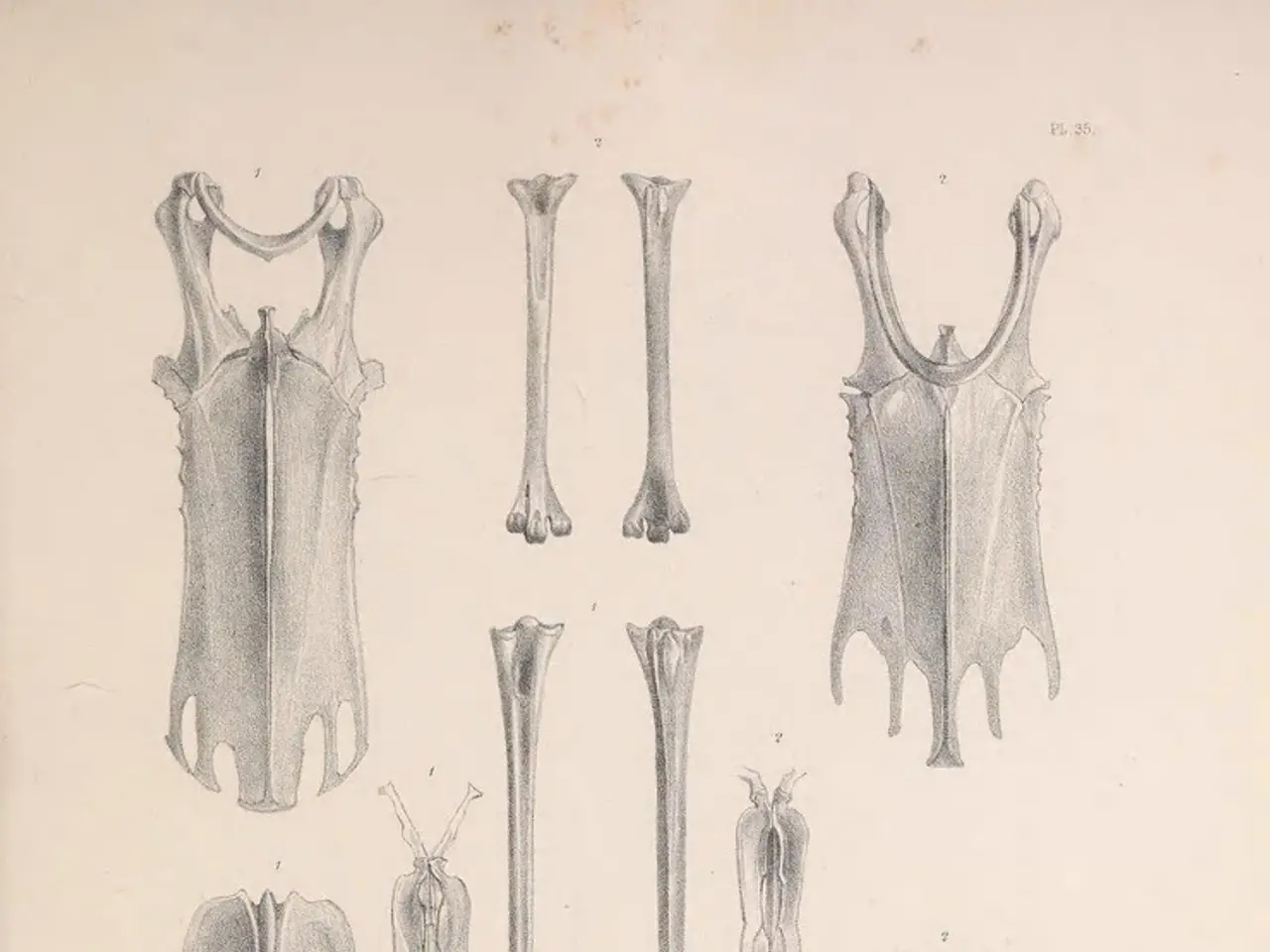Obturator Externus Muscle: Key Player in Hip Movement and Stability
Anatomy enthusiasts and medical professionals alike are reminded of the intricate structure of the human body, specifically the obturator externus muscle. This muscle, first described during the Renaissance period, plays a crucial role in hip movement and stability.
The obturator externus muscle originates from the margins of the obturator foramen and the obturator membrane, deep within the medial compartment of the thigh. It lies beneath the pectineus muscle, becoming visible only upon reflection of the latter. The muscle's fibers meet and course behind the neck of the femur, inserting into the trochanteric fossa.
This muscle's primary functions include lateral rotation of the thigh at the hip, an action it performs in conjunction with the gluteus maximus and medius muscles. Additionally, the obturator externus muscle aids in steadying the head of the femur within the acetabulum of the pelvis, ensuring smooth and stable hip joint movement.
The obturator externus muscle, with its origins tracing back to the Renaissance period, continues to fascinate and inform medical understanding. Its role in hip rotation and stability underscores the complex interplay of muscles and structures within the human body.





